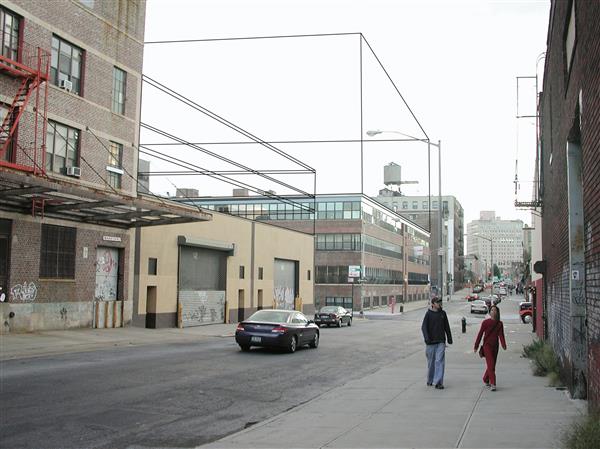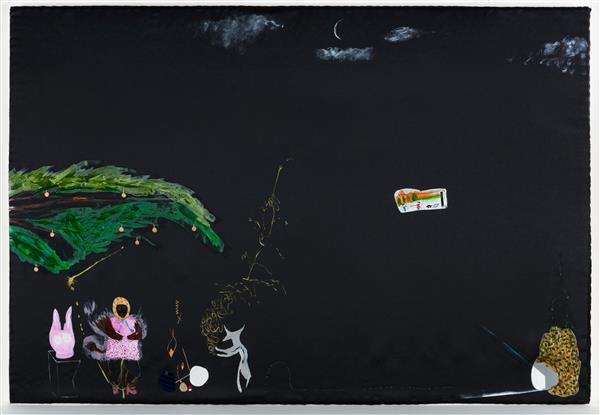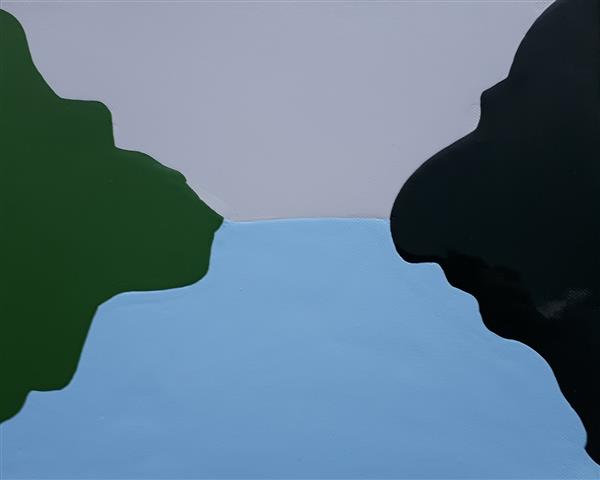not yet titled
Christoph Weber
concrete
35 × 95 × 60 cm
2013
Acquisition 2013
Inv. No. 0257
Weber sees his art as a stress-test of thingness. He tests effects, investigates stresses and strains. As long as concrete is malleable and is poured into molds, it obeys the form will of its shaper. If it is treated roughly, form and force begin to founder. The grey board is lying on the ground. It is one finger thick and would be nearly impossible to lift with manpower. On one side, the bulk of the surface has been bent backwards. While drying, the end was pressed like a piece of cardboard against the direction of its shape. A bulge has formed on the edge that is collapsing under its own weight. The curvature causes the substance to crack. The originally viscid material is crumbling. On the surface, the shape and the cast become formless and infirm. Some of Christoph Weberʼs work seems to be flash-frozen. Others are bent, almost subtle, despite their grey, sandy-viscous origin. Concrete, says Christoph Weber, is the material of violence. Actually there is a tightly limited semantics about this material. Concrete represents the solidity of walls and defenses, bulwarks and bunkers. Concrete is the material of superstructures and subsurface construction, of bridges and blocks, of barrels and tunnels, of power-plants and armies. In combination with steel reinforcements it is the most durable construction material, however it seems hostile, anonymous and dull because of its drab color and lifeless rigor. Is it the roughness in precarious balance that makes these things so cold, uncanny and unbending? Its power is one of resilience, roughness and constancy. Weberʼs objects, that lean and behave like insecure bodies, explore the limits of gravity. The old questions about erecting and burdening of sculptural forms are indicated here, but also the new questions, which correspond more with Weberʼs way of thinking, about the relationship to the body, to entity and substance – the question, whether existence could also conceal itself in thingness, and last but not least, if concrete material is in and of itself political.
Thomas D. Trummer, 2015 (translation: Virginia Dellenbaugh)
Continue readingPublications
evn collection. 95–2015 Jubilee, Vienna 2015, p. 373 ff



